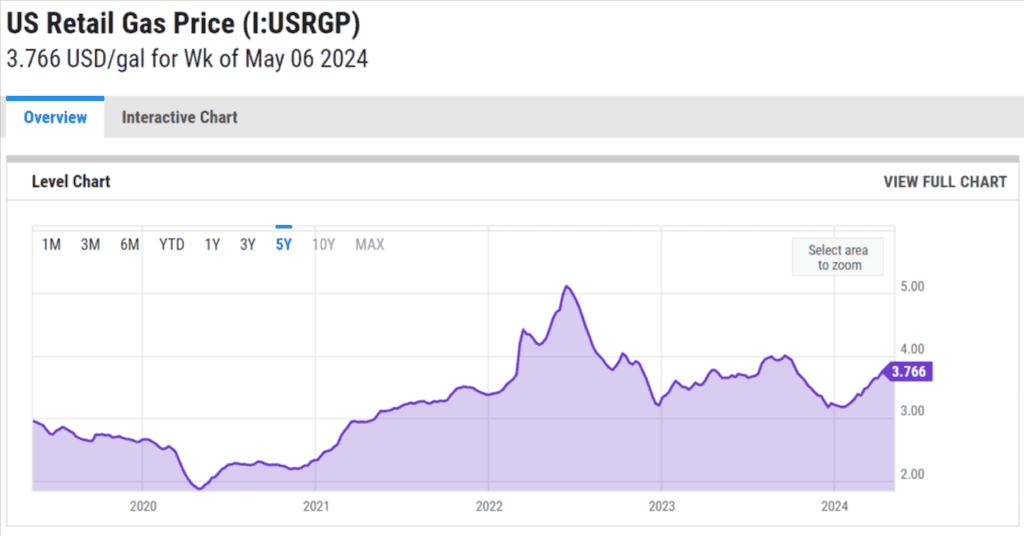Olive Oil Might Get Even More Expensive in 2024
Olive Knowledge is a part of Amazon Associates. As an Amazon Associate, we earn from qualifying purchases. Read our Affiliate Disclosure to learn more.
I already explained the key reason why olive oils are pretty expensive when compared to other types of oils.
But it seems like the price will go even higher in the near future, at least according to some of the biggest producers of olive oil and from what I hear from local olive growers here in Croatia.
I decided to do some research and try to find out why that might (and probably will) happen.
A quick update:
- I went shopping yesterday and decided to throw an eye on olive oil prices. The same olive oil that I’ve bought for 15 euros three months ago is now 22 euros. So, the prices already started increasing.
Climate Change Is The Key Reason

No doubt, climate change is the key reason why olive oils might become more expensive in the near future.
And no, I’m not one of those people who will blame humanity or industrialization when it comes to climate change. That’s a whole other story.
But what we do need to realize is that climate changes affect the following:
- Much higher average yearly temperatures, especially sudden heat waves.
- More frequent storms, tornados, rains during summer, and even snow and frost during spring.
- Increase in pests, as they’re becoming much more resilient and active.
All those affect olive yield and quality, which is one of the key factors for the price of olive oil.
Farmers will likely struggle to maintain both the quality and quantity of olive oil production. They will need to invest more in technology and protective measures to sustain their yields, ultimately driving up the cost of olive oil.
Stricter Quality Control by the EU and the USA

The USA, and especially the EU, are consistently tightening regulations regarding food quality, including olive oil.
Don’t get me wrong; this is excellent and necessary. However, it’s important to recognize that these measures are one of the reasons why olive oil prices might increase.
For instance, to obtain a Protected Designation of Origin (PDO) certification, only olives from a specific region can be used. And during low-yield years, that can be a problem.
When you combine this with climate change and the potential for smaller olive harvests, it’s easy to see why the price of olive oil could increase. There simply aren’t enough olives available to produce the amount of olive oil required to meet demand.
Rising Labor Costs

While the increased number of migrants in both the USA and EU has generally lowered the cost of unskilled labor, olive farming is still mostly done by local workers, whose wages have risen significantly, increasing labor costs.
This is partly due to the high inflation experienced over the past few years, which, fortunately, has shown a downward trend in recent months.
Though the olive harvest itself isn’t particularly labor-intensive, many other tasks need to be done throughout the year: fertilizing, pruning, mowing, watering, and more. If you don’t have mechanization and large olive plantations, you’ll need workers for all these tasks, which come at a cost.
Therefore, rising labor costs will certainly impact the increase in olive oil prices.
Organic Olive Oils Are Becoming More Popular

In recent years, people have become increasingly aware of the quality of the food they consume, leading to a growing demand for organically grown and produced goods. Olive oil stands out even more compared to other products.
Whenever possible, I always choose organically grown olive oil because I want the best available oil rather than mass-produced oils that supposedly meet standards like “extra virgin” but still lack the same level and quality of nutrients as true organic oils.
This consumer awareness has undoubtedly contributed to the rise in olive oil prices because more producers are shifting to organic production. They know they can more easily sell their oil at a higher price.
And of course, this will cost end consumers a few extra dollars.
Rising Costs of Fuel and Fertilizers

When fuel prices rise, they tend to increase the cost of services across all industries, and olives are no exception. Nowadays, owning machinery for easier olive care is essential, and this brings additional expenses such as fuel and machine maintenance.
In recent years, particularly since the start of the war in Ukraine, fuel prices have surged, affecting the prices for farmers despite their preferential rates. They remain much higher than they were just a few years ago.

Moreover, due in part to fuel prices, fertilizers and other products for olive care and growth have also increased significantly in cost. In some countries, certain products have doubled in price. How could this not impact the final cost of olive oil?
Of course, it has to have an effect, and we need to be aware of that. I sincerely hope that fuel and fertilizer prices will come down a bit to make production easier for olive growers, which could also reduce the price for us, the end consumers.
Final Thoughts

While most people aren’t thrilled about the possibility of olive oil prices rising even higher, given that it’s already quite expensive, we should consider the health benefits it provides.
Additionally, since olive oil is generally used sparingly (most people can make a bottle last over a month), I don’t believe that an increase from $40 to $50 would be a significant burden, even though the percentage increase (20%) might seem substantial.
We often pay far more for other, less healthy products without complaint, so I hope this potential price increase for olive oil won’t deter consumers from purchasing quality oils and lead them to opt for less healthy alternatives instead.
I hope I’ve managed to convey my views and thoughts on the reasons behind potential price increases. Still, I sincerely hope that significant price hikes won’t occur because that would benefit all of us.
If you want to purchase one of the best olive oils, I suggest checking out my recommendations:
